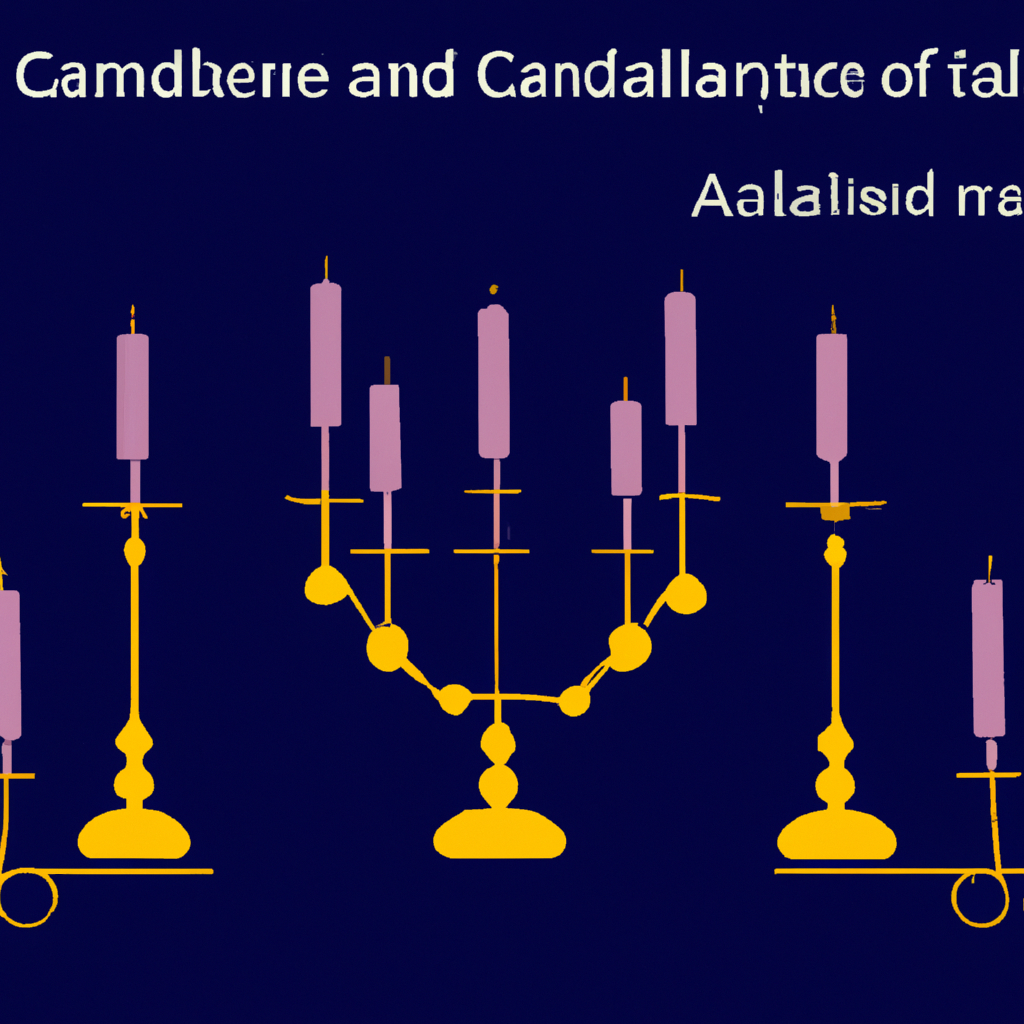Candlestick Patterns Explained
Candlestick patterns are a popular tool used by traders to analyze price movements in financial markets. These patterns provide valuable insights into market sentiment and can help identify potential buying or selling opportunities. In this article, we will explore some of the most common candlestick patterns and their significance.
1. Doji
A doji candlestick pattern is characterized by its open and close prices being very close or identical, resulting in a small or non-existent body. The doji indicates indecision in the market and suggests a potential reversal or a period of consolidation. Traders often look for confirmation from other technical indicators or patterns before making trading decisions based on a doji.
2. Hammer and Hanging Man
The hammer and hanging man patterns are both characterized by a small body and a long lower shadow. The hammer occurs during a downtrend and signals a potential bullish reversal, while the hanging man appears during an uptrend and suggests a bearish reversal. These patterns indicate that buyers are stepping in and pushing the price higher after a significant decline or vice versa.
3. Engulfing Patterns
Engulfing patterns occur when a candle completely engulfs the previous candle, either bullish or bearish. A bullish engulfing pattern forms when a small bearish candle is followed by a larger bullish candle, indicating a potential reversal from a downtrend to an uptrend. Conversely, a bearish engulfing pattern suggests a reversal from an uptrend to a downtrend. Traders often consider these patterns as strong signals of trend reversal.
4. Morning and Evening Stars
The morning star pattern is a bullish reversal pattern that consists of three candles. The first candle is a large bearish candle, followed by a small candle with a lower range, and finally, a large bullish candle that closes above the midpoint of the first candle. This pattern indicates a potential trend reversal from bearish to bullish. Conversely, the evening star pattern is a bearish reversal pattern with the same structure, suggesting a potential trend reversal from bullish to bearish.
5. Shooting Star and Inverted Hammer
The shooting star and inverted hammer patterns have long upper shadows and small bodies. The shooting star occurs during an uptrend and suggests a potential bearish reversal, while the inverted hammer appears during a downtrend and indicates a potential bullish reversal. These patterns indicate that sellers are stepping in and pushing the price lower after a significant rally or vice versa.
6. Three Black Crows and Three White Soldiers
The three black crows pattern consists of three consecutive bearish candles with lower lows and lower closes. This pattern suggests a strong bearish sentiment and often indicates a potential downtrend. On the other hand, the three white soldiers pattern consists of three consecutive bullish candles with higher highs and higher closes, indicating a strong bullish sentiment and a potential uptrend. Traders often consider these patterns as reliable indicators of market direction.
Conclusion
Candlestick patterns provide valuable insights into market dynamics and can help traders make informed trading decisions. By understanding the different candlestick patterns and their significance, traders can enhance their technical analysis skills and improve their chances of success in the financial markets.
